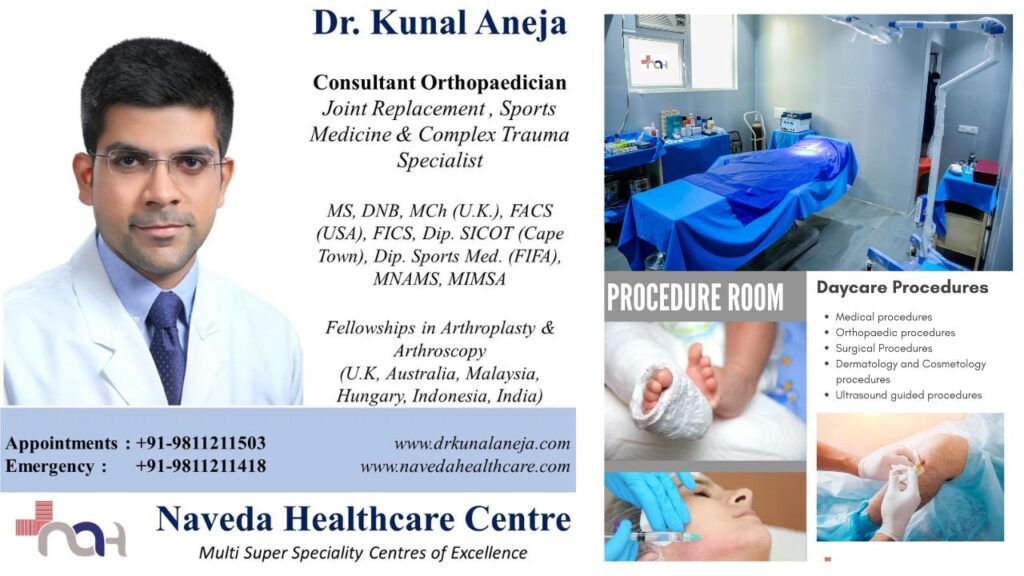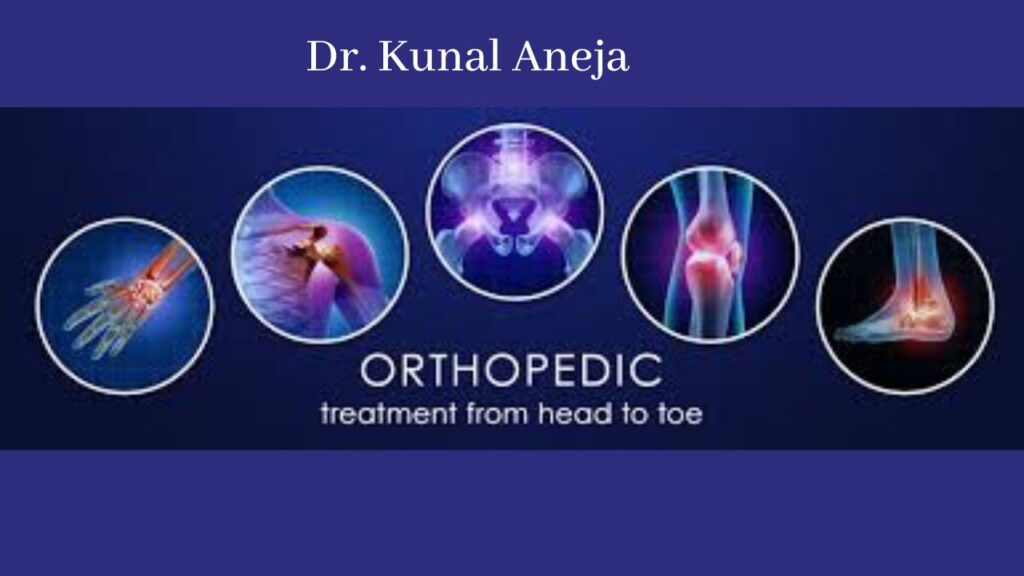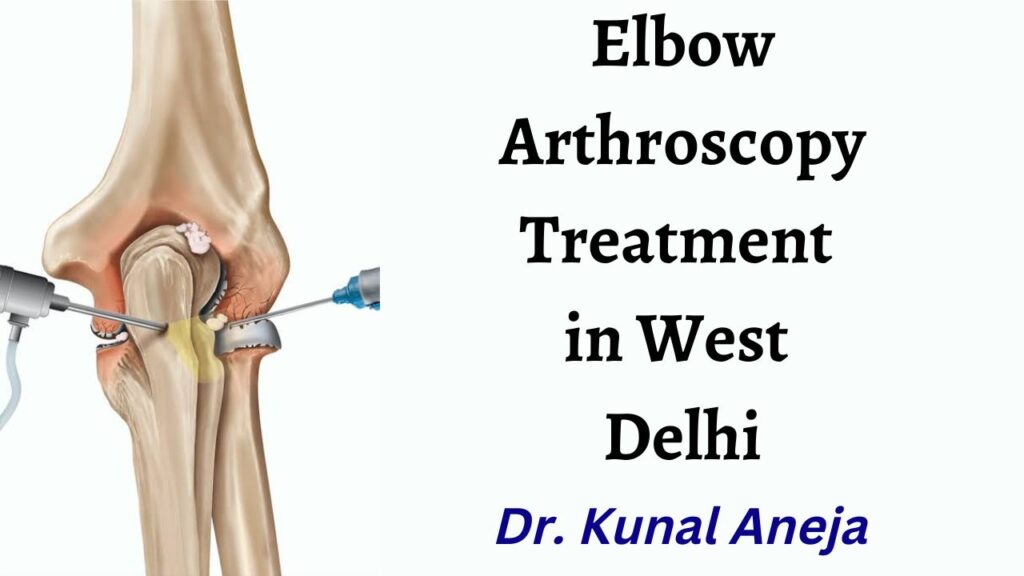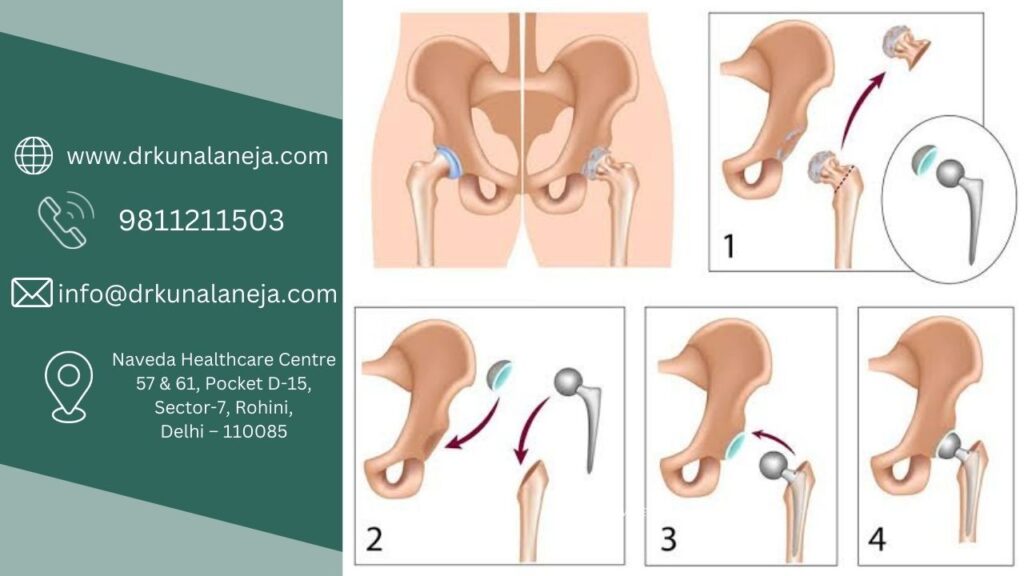When and Why Should You See an Orthopedic Specialist?
Here are some tips for choosing an orthopedic specialist.
Decisions are personal: When you decide to see an orthopedic surgeon, you can feel relieved and anxious. How do you find an orthopedic surgeon who is right for you? Here are some essential factors you should consider. Your primary care doctor has probably recommended an orthopedic surgeon.
Surveys of patient satisfaction should be reviewed.
It’s a good idea to visit your doctor once every three to six months to ensure your overall health is in good shape (including blood sugar and blood pressure levels). When a person is injured or realizes they have a higher risk of developing chronic conditions – often due to their family history of certain diseases – they also know they should see a doctor.
In addition to dentists who deal with teeth, pediatricians take care of infants and children, and cardiologists take care of the heart – especially if you have a chronic condition affecting this organ.
Once you reach the point where you need more specialized health professionals, choosing a doctor can be overwhelming.

Symptoms of arthritis
Many people don’t realize that arthritis is a prevalent health condition that affects a large percentage of the population. Thousands of new cases are diagnosed yearly, affecting teenagers or children.
A person with arthritis can suffer from more than 100 different types, each of which affects the body differently. Some types of arthritis can cause inflammation in other body parts, triggering symptoms such as fever when symptoms flare up.
It is essential to consult an orthopedic surgeon if you struggle with arthritis as a chronic condition (or if you want to know if you are at risk for it). Your orthopedic surgeon can help you determine the right course of action and recommend the proper treatment for your condition.

The effects of breaks and fractures
Because orthopedic doctors and surgeons deal with bone conditions and injuries, other doctors rely on their expertise for broken bones and fractures. If you have any severe fractures or breaks, you might be referred to an orthopedic surgeon to have the correct tests done – and to make sure that the injury heals as it should.
An increasing number of fractures and breaks require a referral, even though a general practitioner may be able to treat them in some cases. If you consult an orthopedic surgeon at the beginning, you can treat severe breaks and underlying conditions more effectively from the start.

Condition Management of Connective Tissues
The body’s most vital tissues (including the heart) can be affected by connective tissue disorders such as Ehlers-Danlos Syndrome (EDS) and Marfan respectively. They are also associated with many bone-related conditions, including an increased risk of breakage and fracture.
It is essential to consult with a panel of experienced doctors if you have severe conditions like these that are associated with other states and symptoms. Your orthopedic surgeon needs to work with the rest of your medical experts regularly, at least once every six months, to ensure effective long-term condition management.

Steps in Orthopaedic treatment
Orthopedic surgeons handle issues with the musculoskeletal system, which may include:
- The diagnosis of the condition or damage – The prescription of medicine, physical therapy, surgery, casting, etc.
- Rehabilitation facilities or physical treatment to regain sufficient range of motion, strength, and function
- Preventing additional harm and delaying the onset of diseases
- In addition to treating disorders of the musculoskeletal system, orthopedics also has subspecialties for the spine, shoulder, hand, foot, ankle, hip, and knee. They may concentrate on a particular area, such as pediatrics, trauma, or sports medicine.

Diagnosis
Before beginning a physical examination, an orthopedic surgeon will inquire about any prior illnesses or injuries. After that, they will proceed to diagnostic tests, including x-rays and blood tests. The patient will develop a treatment plan after the diagnosis and explain the issue to assist them in leading an active and functional life. The method of treatment can be surgical or noninvasive.
1. Nonsurgical treatment:
Without surgery, several musculoskeletal problems can be managed. Orthopedic surgeons can recommend a course of treatment that includes medicine, physical activity, therapy, or other practices. They advise undergoing surgery when patients don’t react to nonsurgical treatment.

2. Surgical treatment:
An orthopedic surgeon is capable of carrying out many different sorts of operations. A few of the typical practices include:
Arthroscopy: This treatment allows doctors to see within joints to diagnose and treat diseases.
Joint replacement: Surgical procedures for partial, complete, or revision joint replacement are all possible. In this procedure, a diseased or arthritic joint is removed and replaced with a prosthesis.

Fusion: This technique involves fusing bones using internal hardware, like metal rods, to heal into a single, solid bone.
Osteotomy: Repositioning the bone after cutting it to treat bone deformities
Internal fixation: This procedure uses metal pins, screws, or plates to hold the shattered bone fragments in place.
.

